Millennials, Baby Boomers, and the State of Digital

Alright folks, it’s storytime…
My mother, a baby boomer, has been shopping at the same grocery store for almost 20 years. She knows everyone that works there, she knows the store layout better than the back of her hand, she even knows the best times to shop to avoid crowds and craziness. This must be the best grocery store in town since she’s been so loyal, right? Well, quite the contrary. Since two other large grocery stores came to town, this grocery store has dropped in quality, and jacked up their prices. In the Boston area, they are statistically the most expensive grocery chain around. The other grocery stores in town are cheaper, have better products, and are even closer to my parents’ house. So why does my mother insist on shopping there? I’ve been struggling to answer this question – but I think IBM, of all people, finally cracked it.
Earlier this year, IBM released their latest report in their “Experience Revolution” series entitled, “Digital Disappointment – why some customers aren’t fans”. Check it out here. It’s an absolute must-read for anyone who works with people or knows another human (point me out someone who shouldn’t read this and I’ll show you a liar). Here at Inphantry we eat, sleep, and breathe everything digital. We are always hyper-aware of experiences in the world, even when it’s on a monthly office outing to our local “escape the room” or the Museum of Science. So this kind of report, essentially telling us what we could be missing, hits pretty close to home.
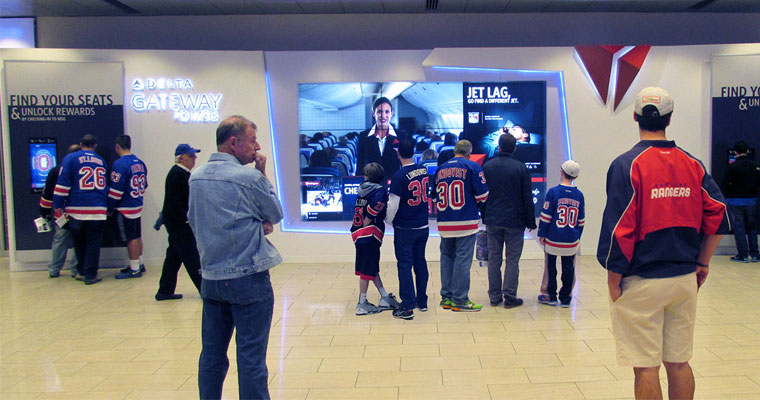
Here’s the TL;DR of the report if you’re in a hurry:
- Companies are misaligning their beliefs as to why consumers will utilize their digital initiatives.
- Despite every magazine telling you “50 is the new 30”, age really does matter when it comes to digital awareness and adoption.
- With today’s digital experiences, consumers are often left disappointed and dissatisfied.
Makes you feel all warm and fuzzy inside, huh? Well if you’re still with me, let’s dive in a little further.
Misunderstanding consumer motivations is killing your app:
“There’s an app for that.” Remember in the glory days of iPhone and Android when we all LOVED apps? As a techie and excitable consumer, I couldn’t wait to download as many apps as I could. Nowadays, consumers including myself, groan at the thought of downloading an app or having to go to a webpage or scan a QR code to access what they want. Many agencies and companies, ourselves included, believe that these apps or codes may help to solve consumer problems – when in reality, we’re just creating another one.
In a study conducted as part of IBM’s report, it was reported that consumers value digital initiatives that make processes quicker, boost convenience, and that provide the things they want faster. On the executive side of thinking, companies believe that consumers value digital initiatives that give them better control of the world around them, that are unique, and allow them to be self-servicing. In reality, these values are fairly low on the list of consumer values.
So what does that mean, exactly? To keep it simple, we should be in the business of solving problems, not making them. It’s the reason why companies like Uber, Airbnb, and Wayfair have become so successful. Find a simple consumer problem, put your best minds together, and solve it. BOOM. Now you’ll probably be made fun of on next week’s Silicon Valley. (That’s a compliment in my book.)
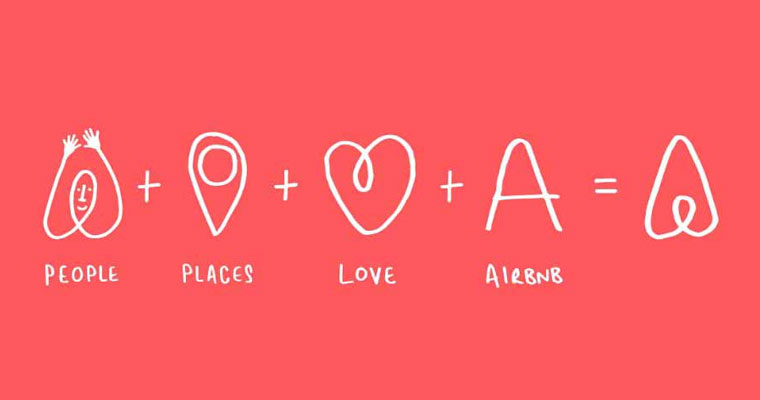
Just because you teach your parents how to use Gmail does not mean they are tech savvy:
I’m going to preface this section by stating that as the author of this blog, I am a Millennial. I’m on technology almost constantly, I am my family’s IT guy, I get sent memes by my parents that I saw last summer. That being said, Baby Boomers and Gen X are grabbing to technology in ways my generation never would or could. No matter how savvy Baby Boomers can get with Siri or the latest Facebook update, age still matters for two big reasons: apathy and lifestyle.
In IBM’s report, it confirms that Millennials utilize the most digital experience initiatives regularly. This could be anything from receiving mobile beacon notifications for sales once you enter a store, using AI, using VR, and even basics like comparing prices online via web or an app. Less than 20% of Baby Boomers utilize these experiences, and less that 50% of Baby Boomers even know what they are. The biggest takeaway: of the Baby Boomers that know of these initiatives, the overwhelming majority of them wouldn’t use them regardless.
So why don’t Baby Boomers and even a portion of Gen X care? Millennials have grown up with technology – it’s an integral part of life and they don’t know any other way. The process of Googling every time they have a question, checking in on their favorite blogs daily, and itching for their phone is not just about being tech savvy: it’s lifestyle. Baby Boomers simply don’t care about technology the way Millennials do. And that is more than okay! Millennials don’t necessarily see new digital initiatives from companies as problems or hurdles in the way over getting what they want. In reality, over 60% of Millennials are actually excited to see them.
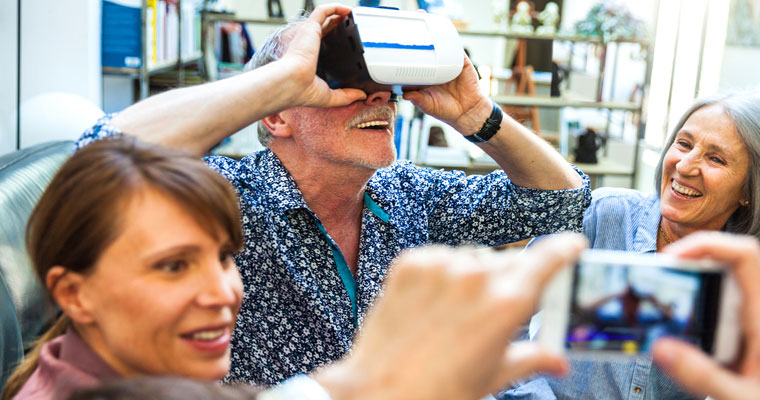
Consumers are often disappointed by technology:
How many times have you gone in a Best Buy, a Target, or even a movie theater, attempt to use some sort of touch screen or other digital installation, only to have an employee tell you it hasn’t worked in months? How many times have you tried to use Siri to play your favorite album only to call a random family member? Here’s a big one: Have you ever used a Microsoft Kinect?… I’m not putting down this tech by any means, but there’s something to be said about expectations vs. reality.
When building experiences, digital or analog, a goal is often for users to adopt the experience into their everyday lives. A couple key success stories here: Phillips Hue Smart Lighting, Instagram, Google Calendar. They may seem all over the place, but they are tools that solve simple problems and deliver a satisfying experience that meets expectations. Now let’s flip this around, why don’t consumers adopt digital experiences? It comes down to disappointment and availability.
In IBM’s report, they cite that across a variety of digital experiences, over 50-70% of consumers didn’t adopt the initiatives because they were disappointed by the experience. Diving deeper into that majority, consumer disappointment was mainly attributed to experiences that were inconvenient or didn’t work like they expected.
As agencies and companies, how do we better meet and exceed expectations? Well, take a look at the software world for example. Video game and app developers have flourished in the wake of “Early Access” and Alpha/Beta releases. Users can play with projects knowing that they’re a work in progress. Just look at PlayerUnknown’s Battlegrounds: an Early Access title that has now become one of the most-played games on Steam. They garner audiences to help shape their product together, leaving inconveniences and disappointment at the door. Authenticity and communication not only help brands to better cultivate a core community, but they also lead to better experiences.
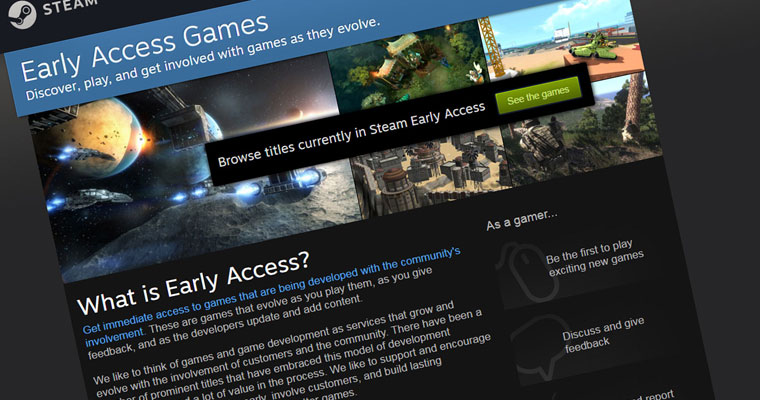
In conclusion…
We all do it, but sometimes we have to remind ourselves that the world does not revolve around us. Brands and organizations all have their own goals – but under all of the corporate jargon and social media impressions, aren’t we rooted in solving problems and creating memorable experiences? I’ll leave you with a few questions that as marketers and creatives, we should be asking ourselves on a daily basis:
- Does this experience solve our problems, or does it solve our users’ problems?
- Why are we using this specific technology? Is it the best tool to make the best experience?
- Are we creating more problems than we are solving?
- Do we fully understand our WHY and not just our WHAT?
- Are we solving the right problems?
If you are interested in creating a custom, thoughtful experience for your brand/organization, feel free to get in touch with our New Biz Manager @ cam@inphantry.com. And make sure to follow us on Twitter.
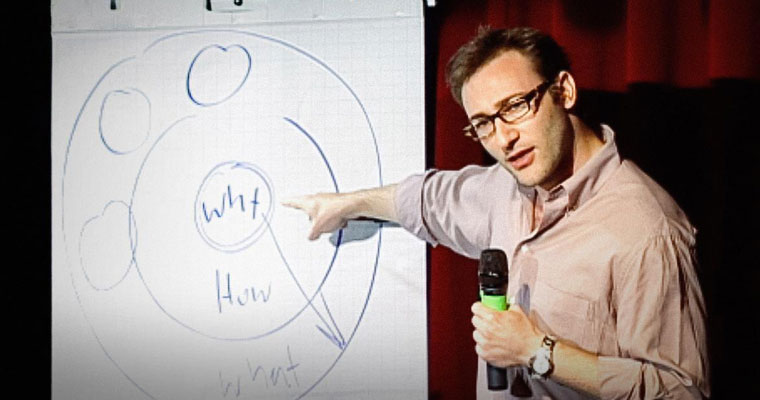
PS: You’ve probably seen it, but check out this iconic TED Talk by speaker and author Simon Sinek.
Written by Associate Content Producer, Trevor Metcalfe // Follow him on Twitter.
